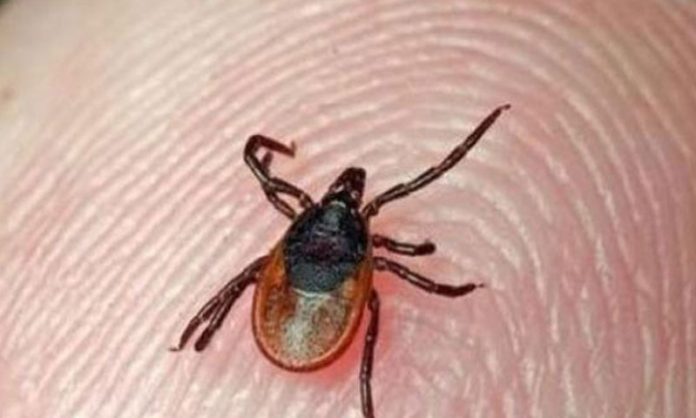KARACHI: Yet another case of Congo virus has surfaced in the city, taking the reported count of affected patients to nine this year.
According to reports, 23-year-old Salman was taken to Karachi’s Jinnah Hospital after he showed symptoms of the Congo Crimean Hemorrhagic Fever (CCHF).
So far in 2018, nine cases of Congo virus have been reported in Karachi. Two of the affected patients died.
The CCHF is caused by the Congo virus, which is found on a tick that attaches itself to the skin of cattle. People who come into contact with these infected ticks or animals can contract the viral disease, which is highly contagious and has a 40-50 per cent mortality rate.
The onset of CCHF is sudden, with initial signs and symptoms including headache, high fever, rashes, back pain, joint pain, stomach pain, and vomiting.
Preventative measures
To reduce the risk of tick-to-human transmission, following measures are recommended by the World Health Organisation:
– Wear protective clothing (long sleeves, long trousers);
– Wear light-coloured clothing to allow easy detection of ticks on the clothes;
– Use approved acaricides (chemicals intended to kill ticks) on clothing;
– Use approved repellent on the skin and clothing;
– Regularly examine clothing and skin for ticks; if found, remove them safely;
– Seek to eliminate or control tick infestations on animals or in stables and barns; and
– Avoid areas where ticks are abundant and seasons when they are most active.
To reduce the risk of animal-to-human transmission:
– Wear gloves and other protective clothing while handling animals or their tissues in endemic areas, notably during slaughtering, butchering and culling procedures in slaughterhouses or at home;
– Quarantine animals before they enter slaughterhouses or routinely treat animals with pesticides two weeks prior to slaughter.
To reduce the risk of human-to-human transmission in the community:
– Avoid close physical contact with CCHF-infected people;
– Wear gloves and protective equipment when taking care of ill people;
– Wash hands regularly after caring for or visiting ill people.





